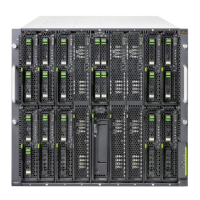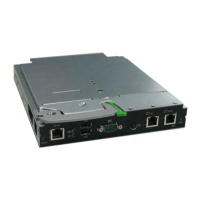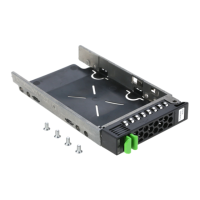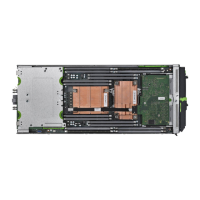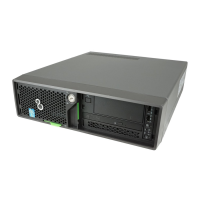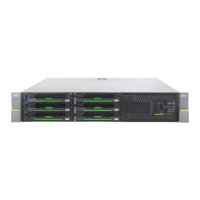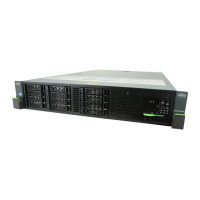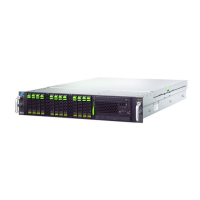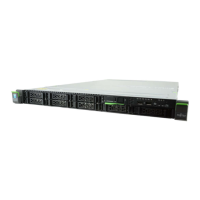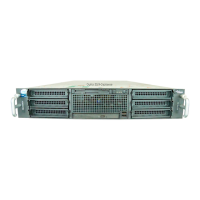© 2011 Fujitsu Technology Solutions
60
6 Understanding Stacking Feature
6.1 Introduction
A stacking function is a group set of switches connected through Infiniband CX4 interface of the
HiGig/HiGig+ ports. One of the switches controlled the operation of the stack modules is called the stack
master. Other switches are belonging to the stack members of the stack group system.
Stacking feature provides high port density while simplifying management by providing a single point of
management for all switches in the stack. All of the switches within a stack act as one switch product. A
single IP address is required for CLI/Web/SNMP management, while a single console/telnet session is
capable of managing the entire stack. The following lists the advantages of stacking of SB11 switch.
1. Reduce the number of IP addresses needed in a network.
2. Simplify management of small groups or wiring closets while scaling their network to handle
increased network bandwidth demand
3. Provide high availability function; if any single unit fails or a cable is accidentally disconnected; other
units in the stack remain operational, without interruption. (Notes 1)
4. A new unit joins the stack system will come up appropriately without resetting the stack (Notes 2).
5. A unit leaves the stack system will be removed appropriately without resetting the stack (Notes 2).
6. Auto master election.
7. Auto configuration/script synchronization.
8. Easy firmware upgrade for whole stack.
The stacking software configures each device tables and registers to support all switching functions, for
example, switching, link aggregation, port monitoring, spanning tree protocol, VLAN, etc. The entire
stack will appear as a single switch. In order for a stacked system to function properly, the individual
chips have to be programmed consistently with each other. As SB11 devices are inserted into the stack
or removed from the stack, it is imperative that all of the chips are reconfigured dynamically so the
system continues to operate. This is accomplished by several software protocols that discover, monitor
the topology, and configure the chips in the stack.
i
1. The stack should be configured with the full bandwidth connections (ring topology)
2. The operation of the stack continues uninterrupted during membership changes unless
you remove the stack master or you add powered-on standalone switch.

